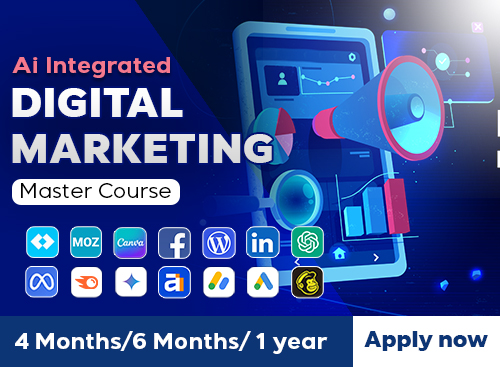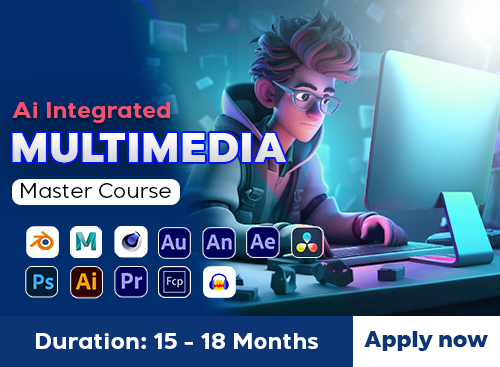Introduction
In the fast-evolving world of technology and digital communication, few companies have had as profound an impact as Meta Platforms Inc., formerly known as Facebook Inc. Meta is more than just a social media conglomerate; it is a tech giant redefining the way humans connect, communicate, and experience digital realities. With a mission to bring the world closer together and a bold vision to build the metaverse, Meta is transforming the global landscape of communication, commerce, entertainment, and virtual living.
The Origin of Meta (Facebook)
Meta’s story began in a Harvard University dorm room in 2004. Mark Zuckerberg, along with his college roommates Eduardo Saverin, Andrew McCollum, Dustin Moskovitz, and Chris Hughes, launched TheFacebook - a student directory with photos and basic information, initially available only to Harvard students.
The idea rapidly gained popularity, expanding to other Ivy League schools and eventually the global stage. By 2006, Facebook was open to anyone over the age of 13 with an email address. The rapid adoption laid the foundation for what would become one of the most influential digital platforms in history.
The Rise of a Social Media Empire:
As Facebook grew, it began acquiring other promising platforms, effectively creating a social media ecosystem:
-
Instagram (acquired in 2012 for $1 billion): Focused on visual storytelling and lifestyle content.
-
WhatsApp (acquired in 2014 for $19 billion): The global leader in private messaging.
-
Oculus VR (acquired in 2014 for $2 billion): Signaled Meta’s early interest in virtual reality.
-
Giphy (2020), CTRL-Labs, and others: Strengthened Meta’s content and AI assets.
These acquisitions weren't just financial moves; they were strategic steps toward a more interconnected and immersive digital future.
Rebranding: Facebook to Meta:
In October 2021, Facebook Inc. officially rebranded as Meta Platforms Inc., marking a shift in vision. The rebranding wasn't just cosmetic — it was philosophical.
According to Zuckerberg, “The metaverse is the next chapter for the internet.” Meta aims to create a virtual environment where people can work, play, learn, shop, and socialize - a fully immersive 3D digital experience that transcends the limits of traditional screens.
Meta’s Product Ecosystem:
Facebook :-
Still the flagship platform, Facebook boasts over 2.9 billion monthly active users. It serves as a hub for community building, news dissemination, and marketplace commerce.
Instagram :-
With over 2 billion users, Instagram caters to younger demographics with its photo and video sharing, Reels, Stories, and influencer marketing.
WhatsApp :-
WhatsApp dominates the private messaging space globally, with more than 2.7 billion users. It also powers small business communication in markets like India, Brazil, and Africa.
Messenger :-
Facebook Messenger is a standalone messaging app integrated into the broader Meta ecosystem.
Meta Quest (formerly Oculus):-
Meta’s line of VR headsets is central to its metaverse ambitions. Meta Quest 2 and the high-end Quest Pro are designed to provide seamless virtual experiences.
Horizon Worlds :-
This is Meta’s flagship social metaverse platform where users can create avatars and interact in 3D spaces.
Financial Performance and Statistics:
Meta is among the most valuable companies globally, regularly featuring in the top 10 by market capitalization.
-
Revenue: $134 billion
-
Net Profit: $39 billion
-
Advertising Revenue: Over 97% of total income
-
R&D Spending: ~$38 billion (primarily on AI, VR, AR)
Key Financial Highlights (FY 2024):
User Statistics:
-
Facebook: 2.96 billion MAUs
-
Instagram: 2.2 billion MAUs
-
WhatsApp: 2.7 billion MAUs
-
Daily Active People (DAP) across apps: Over 3.2 billion
These numbers reflect Meta’s unmatched digital reach, with billions of interactions happening daily.
Meta’s Core Strengths and USPs:
-
Massive User Base: Meta controls the four most-used social platforms globally.
-
Data-Driven Advertising: Meta’s AI-driven ad targeting is among the most advanced.
-
Integrated Ecosystem: Users often move between WhatsApp, Instagram, and Facebook seamlessly.
-
Innovation in XR: Meta is a market leader in VR hardware with its Quest series.
-
Developer Tools: Meta provides APIs, SDKs, and monetization tools for creators and developers.
Developer Tools: Meta provides APIs, SDKs, and monetization tools for creators and developers.
Meta’s greatest asset is its network effect. Each additional user enhances the platform’s value, attracting more users, advertisers, and developers. Businesses and content creators are incentivized to join because of the reach, and users stay for the content and connectivity.
Meta also integrates its messaging services across platforms, creating a unified communication environment.
Diversification and Expansion:
Meta’s business has expanded into various sectors:
-
Commerce: Facebook Marketplace, Instagram Shopping, and in-app payments.
-
VR/AR: Meta Quest, Horizon Workrooms, and AR glasses in development.
-
Artificial Intelligence: Meta AI is advancing in LLMs, speech recognition, and content moderation.
-
Creator Economy: Tools for monetization (Stars, Subscriptions, Creator Studio).
These expansions are part of Meta’s strategy to reduce reliance on ad revenue and enter new markets.
Collaborations, Integrations & Acquisitions:
Meta has collaborated with
-
Ray-Ban (EssilorLuxottica) to produce AR smart glasses.
-
Unity & Unreal Engine to support 3D environments for metaverse platforms.
-
Lifestyle brand—car + tech + star power.
-
Chipmakers like Qualcomm for VR hardware integration.
Major acquisitions like Oculus and CTRL-Labs brought cutting-edge neural interface tech to Meta.
Strategy and Vision: Building the Metaverse:
Meta’s Reality Labs division is the heart of its metaverse strategy. It focuses on:
-
Developing immersive virtual worlds.
-
Creating haptic technology and neural inputs.
-
Innovating with AI to generate lifelike digital experiences.
Zuckerberg envisions the metaverse as the successor to the mobile internet — a place where people “teleport” instead of travel.
Problems Faced by Meta:
Despite its success, Meta has encountered numerous challenges:
-
Privacy Concerns:- The Cambridge Analytica scandal and data privacy breaches damaged Meta’s credibility.
-
Regulatory Scrutiny:- Antitrust cases in the U.S. and Europe, especially concerning WhatsApp and Instagram acquisitions
-
Youth Exodus:- Gen Z and younger users are shifting to platforms like TikTok.
-
Metaverse Skepticism:- Investors are wary of the high cost of metaverse development with uncertain ROI.
-
Ad Revenue Slowdowns:- Apple’s App Tracking Transparency (ATT) policy hurt Meta’s ability to track users for personalized ads.
Solutions and Adaptation:
-
AI and Machine Learning: Meta is investing heavily in AI for recommendation engines, moderation, and ad delivery.
-
Threads by Instagram: A microblogging alternative to Twitter (X), tapping into text-based conversation.
-
Creator Monetization: New tools for creators to earn via short videos, subscriptions, and donations.
-
Meta Verified: A paid verification system for creators and businesses.
-
Hybrid Work Tools: Development of VR-based workspaces like Horizon Workrooms.
Digital Marketing Strategy:
Meta is not just a tech company — it’s also one of the biggest digital marketing platforms in the world.
Key Elements:
-
Business Suite: For centralized page and ad management.
-
Pixel & Conversions API: Tracks website actions and improves ad targeting.
-
Advanced Audience Targeting: Based on behavior, location, interests, and demographics.
-
Instagram Reels and Stories: Prime real estate for engaging short-form video content.
-
Ad Formats: Carousel, Stories, Collection, Messenger Ads, etc.
Meta also leverages AI-powered dynamic ads, A/B testing tools, and retargeting campaigns to drive conversions and improve ad performance.
The Future of Meta:
Despite skepticism, Meta remains committed to building the metaverse. The launch of Meta Quest 3 and its advanced AR glasses project signifies that virtual reality will play a crucial role in its next chapter.
Moreover, Meta is:
-
Launching AI chatbots and assistants within its apps.
-
Partnering with universities and developers to build XR environments.
-
Experimenting with decentralized platforms and digital currencies.
The future will likely see a blending of physical and digital realities, with Meta at the forefront of that transformation.
Conclusion
Meta’s journey from a college dorm room idea to a multibillion-dollar metaverse pioneer is a testament to the power of innovation, adaptability, and vision. While the company faces challenges — from regulation and public trust to changing user habits — it also has the infrastructure, capital, and talent to lead the next digital revolution.
Whether or not the metaverse becomes mainstream in the near term, Meta has already reshaped how humanity connects. Its platforms have become digital town squares, marketplaces, and now virtual worlds — and the story is far from over.
Explore Our Comprehensive Marketing Strategy Course
Join our in-depth course to master Meta India's marketing strategies, learn from expert case studies, and gain actionable insights to apply in your own business or career.









